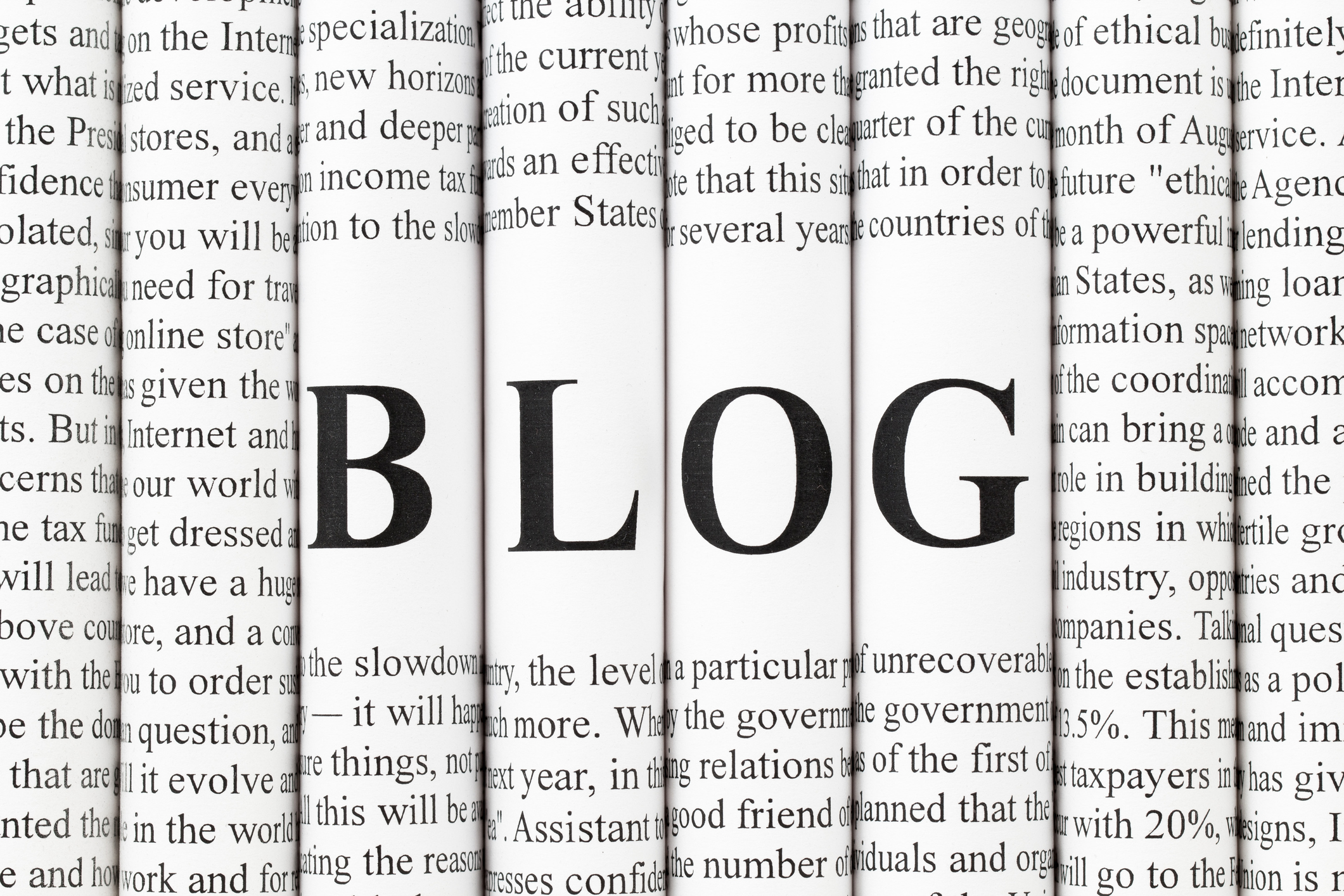
![]()
Love the idea of being your own boss, but concerned about losing your regular employment benefits? While some benefits might be lost in the transition to self-employment, thanks to changes made as part of the new 'Fairness for the Self-Employed Act', certain EI benefits previously unavailable to the self-employed will now be made available.
Here's a quick recap of what will now be offered:
- Maternity/Paternal leave up to 15 weeks maximum.
- Parental/Adoptive benefits of up to 35 weeks while caring for a newborn child.
- Sickness benefits (for those quarantined or otherwise unable to work) for up to 15 weeks.
- Compassionate care benefits to care for family members who are seriously ill or near death for up to 15 weeks.
Note that if you choose to enroll in this program immediately, there would still be a 1-year waiting period (while paying EI premiums) before you could make a claim (so if you happen to be 7 months pregnant already and have not yet started paying premiums, you wouldn't be eligible to make a claim). This new form of EI for self-employed Canadians is entirely optional at this point, and is not as comprehensive as EI offered to regularly employed persons (namely, it does not supplement income in the event of job loss - as this would likely be seen as an incentive for struggling or non-performing businesses to shut down entirely.
To qualify for the program, a self-employed person is required to have earned a minimum of at least $6,000 self-employment income in the past year. Also keep in mind that benefits paid will be reflective of premiums paid in the previous year (for 2010 the premium is $1.73 for $100 of insurable earnings up to a maximum of $43,200). This means that the EI payout for most self-employed individuals whose reported income is often kept low on purpose, is likely to fall short of their real needs. Still, even a little extra income is better than no income at all, right?
While self-employment may never come with all of the traditional benefits of regular employment (company pension, paid vacations, employee discounts or beer), it's a positive sign to see some of the more important personal benefits being offered. At the end of the day, by choosing the path of self-employment you have empowered yourself with the ability to define your own benefits (or lack thereof!). So if you're considering how one of these life events could impact you and your business personally (planning to start a family soon?) then read the information available, and contact Service Canada to apply if its right for you!
Useful links and related articles:
Examples of EI Special Benefits for Self-Employed People
Employment Insurance Benefits for Self-Employed People
Self-Employed to Get EI Benefits - CBC News
Employment Insurance - Special Benefits for the Self-Employer (POWERPOINT SLIDE SHOW)



